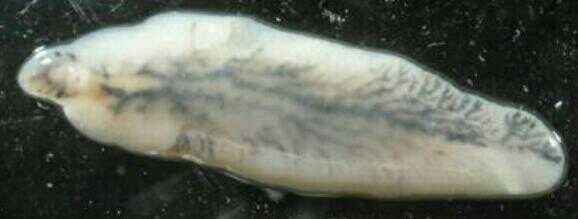Life cycle of the liver worm
Life cycle of the liver worm

Heart Worm Eggs
Hookworm eggs are removed along with dirt. A sheep can save half a million eggs per day in its droppings. In wet conditions, each egg comes out of the dirt and hatches, the heartworm larva is called a mirasidium.
Larvae
The mirasidium larvae of the hepatic worms are carried by the rainwater into the river, where they attack the water slug, their next host. In the snails, they develop into three different forms of parasites, including cercaria like tadpoles.
Cysts are contagious
Cercaria comes out of snails and swims until they find grass or other vegetation where they can stay. There they form a cyst called metacercariae. This is a form of infection of the liverworm. Animals or humans who eat contaminated plant material will swallow the metaserkaria.
New host
In animal or human intestines, metacercariae out of their cysts as adult worms. The worms penetrate the intestinal wall, into the abdominal cavity and migrate to the heart of the new host. Within a few weeks, each worm inhabits one of the heart's liver ducts and reaches maturity. As adults, ready to reproduce asexually and release new eggs.